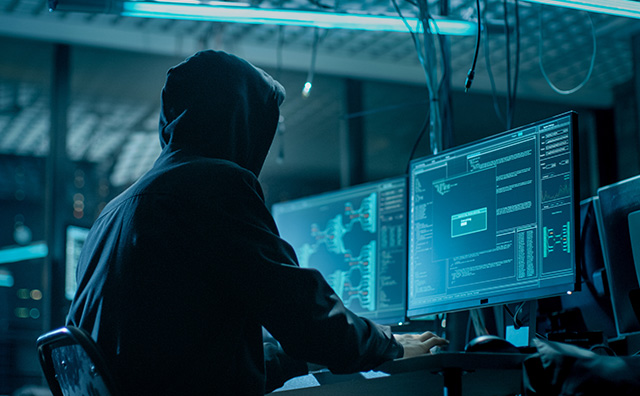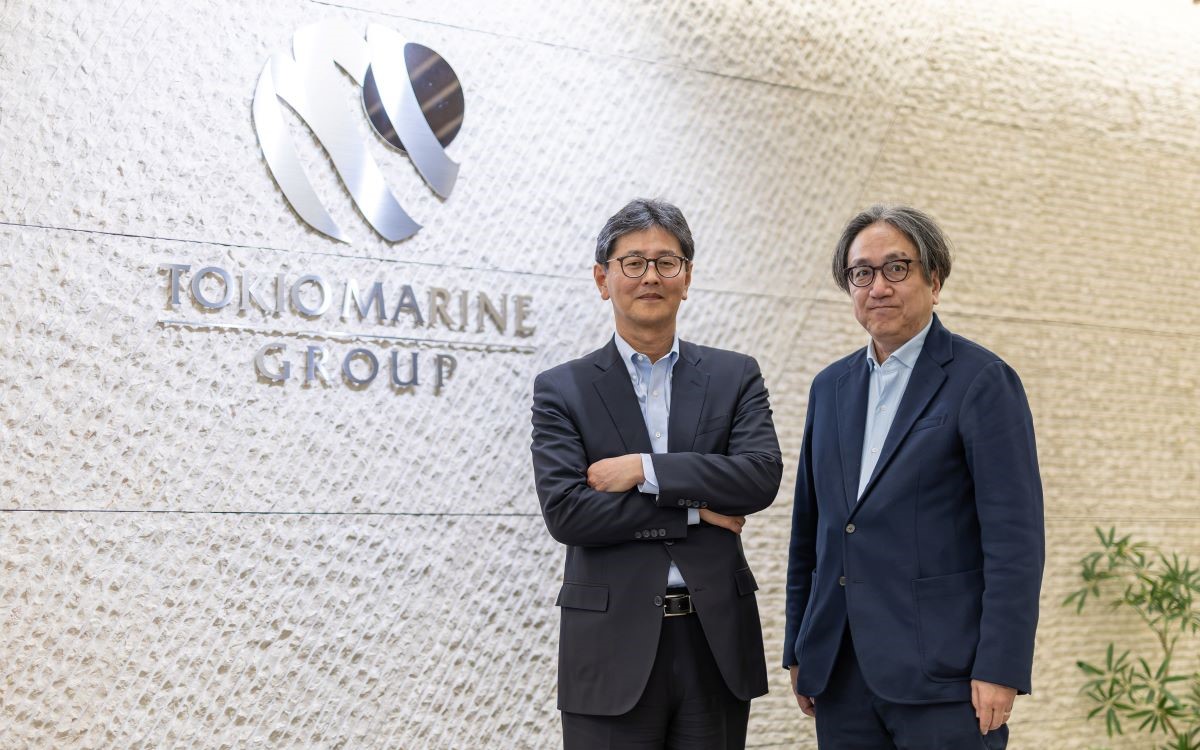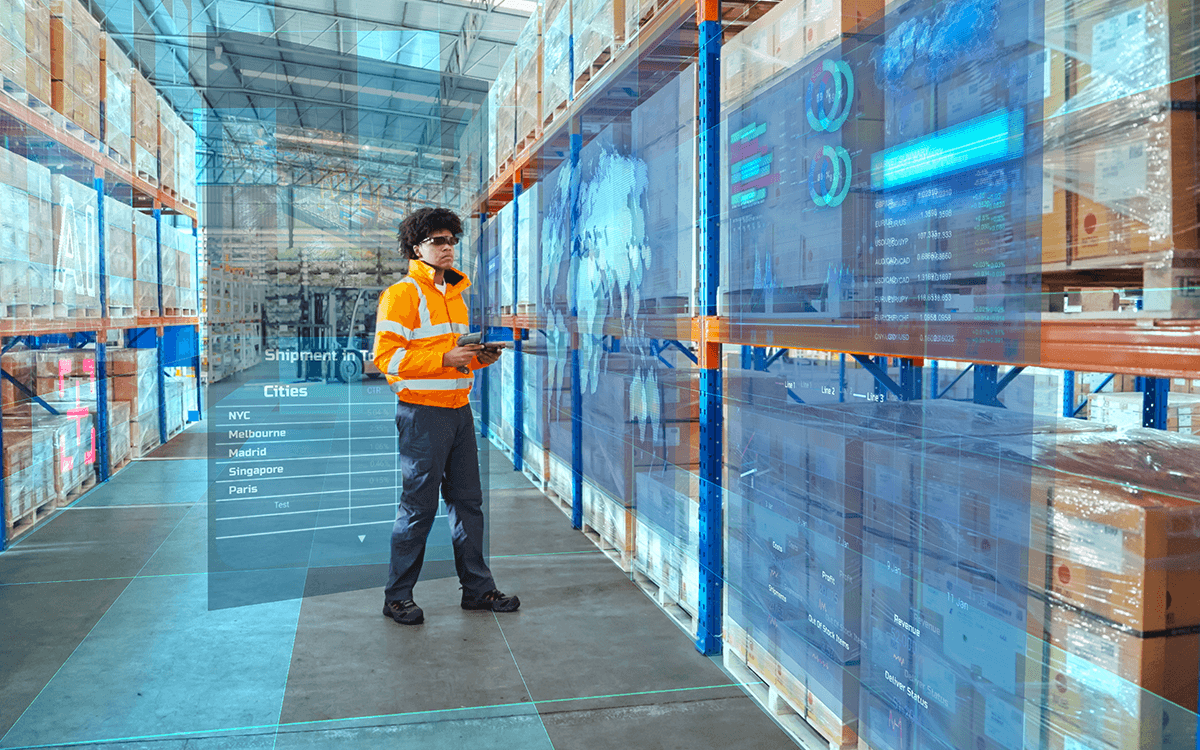How connected technology can overcome front line worker safety challenges
Fujitsu / January 17, 2024
Ensuring front line law enforcement officers are connected to one another is almost universally understood to be a good thing. It allows them to call for backup if they need it. For ambulances or fire services to be called in. For them to respond to crimes quickly. It ensures their safety, and can help ensure the safety of other people too. And on top of all that, it can be invaluable for improving policing standards and reinforcing public trust.
One area of police connectivity that’s been particularly high profile over the last few years is the implementation of body-worn cameras. Used well, they can increase safety, accountability, and visibility. What’s more, they’re also immensely capable tools for training, security, and more.
This technology is powerful for law enforcement. But that’s not the only area where people can benefit from connected technology. It can have a potentially enormous role to play in creating a safe environment for all front line workers, from healthcare to security, to retail. What’s more, they also provide an incredible powerful operational tool for organizations, helping them to more effectively plan and support their staff.
In this article, we’ll examine the growing needs of front line workers, as well as how the right technology can help meet these requirements.
The increased need for worker safety technology
The pandemic led to a huge increase in front line worker abuse. In 2022, nearly three-quarters of retail workers reported experiencing abuse, compared to just over half in 2016.(*1) Clearly, both of these figures are terrible, and this increasingly volatile environment needs to be tackled. In fact, the abuse faced by front line workers has even led to additional laws being introduced for their protection around the world.(*2)
In many cases, the incidents are filmed, either by a colleague, another customer, or the antagonist themselves. This can lead to drastically differed versions of what happened, often edited and shared online without context. And this is a major problem for employers, law enforcement, and the community to keep up with. In some instances, it may lead to unjust results for staff, as public perceptions and bad press will be based on an unfair version of the truth.
Of course, one very simple way to tackle this is to equip staff with cameras of their own. This way, any time an incident occurs, it’s easy to see what’s happened, learn from it, and if required, fight back against any negative press. And with 2bn front line workers globally(*3), that’s a lot of people that can potentially benefit from the protection and empowerment offered by cameras.
(*1) https://theconversation.com/violence-against-workers-increased-during-the-pandemic-our-research-shows-how-it-affected-them-211646
(*2) https://nbcc.police.uk/news/legislation-to-protect-shopworkers-comes-into-force#:~:text=People%20who%20attack%20shopworkers%20are,including%20shopworkers%2C%20an%20aggravated%20offence
(*3) https://blogs.microsoft.com/blog/2022/01/12/empowering-2-billion-global-frontline-workers/
Using video to prevent abuse and reassure workers
In law enforcement, when a member of the public realizes they are being recorded, their behavior and body language often changes and they become less aggressive and more compliant. It’s a simple, yet effective way of mitigating the chances of escalation.
The reason why is fairly obvious. Should an incident occur, a body-worn camera helps shed light on exactly what happened, rather than a one-sided version of the truth. This essentially motivates people to not be abusive, as video evidence will quickly come to light if things escalate.
For even greater levels of protection, it’s quite simple to enable cameras to stream footage live to a central hub. That way, there’s less risk of videos being deleted, and it’s possible to respond to incidents as they’re happening, not retroactively. With Fujitsu’s Connected Front Line Worker solution, streaming video feeds even work in areas with low connectivity, as our technology allows high-quality video to stream without much bandwidth.
The virtual assistance capability of the Fujitsu Connected Front Line Worker solution also offers additional levels of security to workers by supporting enhanced communication and data sharing. That way, colleagues, command centers, and citizens can offer assistance via video , voice integration and live video annotation, where a control center operator can show the user what to do in real-time, on screen. This all helps to drive quicker decision-making and response times when incidents occur.
From forensic tool to operational support
As well as using Connected Front Line Worker technology as a forensic tool to improve safety and trust, there is huge potential for more proactive use in terms of operational planning.
For example, the AI embedded within Connected Front Line Worker enables all-new capabilities for effective support, as well as demand planning applications. For example, by using data from Connected Front Line Worker, the in-built AI is able to create heat maps of where incidents are more likely to occur, as well as what time they’re most likely. This forecasting helps organizations identify locations and timeslots that might require extra support or coverage, leading to a greater feeling of trust from staff.
Alongside demand planning, AI-driven video behavior analytics can help prioritize resource deployment, using thousands of datapoints to ensure personnel and equipment are placed in the most efficient manner. Plus, the real-time viewing capability we’ve already mentioned can be used to improve situational awareness and provide live, online support for workers in the field.
Going one step further again, Fujitsu’s AI algorithms can even be trained to identify potentially harmful activities from video feeds. Whether it’s unsafe working practices or people using threatening actions, this can trigger automatic alerts and allow for timely intervention and prevention.
An ecosystem that supports multi-faceted public safety
There’s no single solution to the challenges facing front line workers. It takes multiple technologies, working together in harmony, to truly evolve the experience of people across an organization.
That’s exactly what Fujitsu’s Connected Front Line Worker does. By bringing together multiple systems under one umbrella, it’s possible to tackle multiple factors affecting people every day. Whether it’s preventing shoplifting with advanced Video Behavior Analytics, increasing public transport safety with Virtual Assistance, or improving transparency in social care, our solution can help.
On the more infrastructural level, it can also be used to advance building security in smart buildings using Video Behaviour Analytics, and even simplify experiences for visitors with Citizen Self Service check-in and wayfinding.
All of this? It’s just a taste of what it’s capable of.
It’s all about safety
Now, more than ever before, the trust and safety of front line workers is critical. There are greater challenges, higher stakes, and more skepticism from internal stakeholders. And that’s all the more reason to act decisively.
If used well, 2bn workers across the globe could benefit from technology that already exists. It’s already helping law enforcement build trust and increase safety. Now, it’s time for other front line workers to see the advantages too.
Speak to Fujitsu, and that will become an exciting new reality.

Editor's Picks












